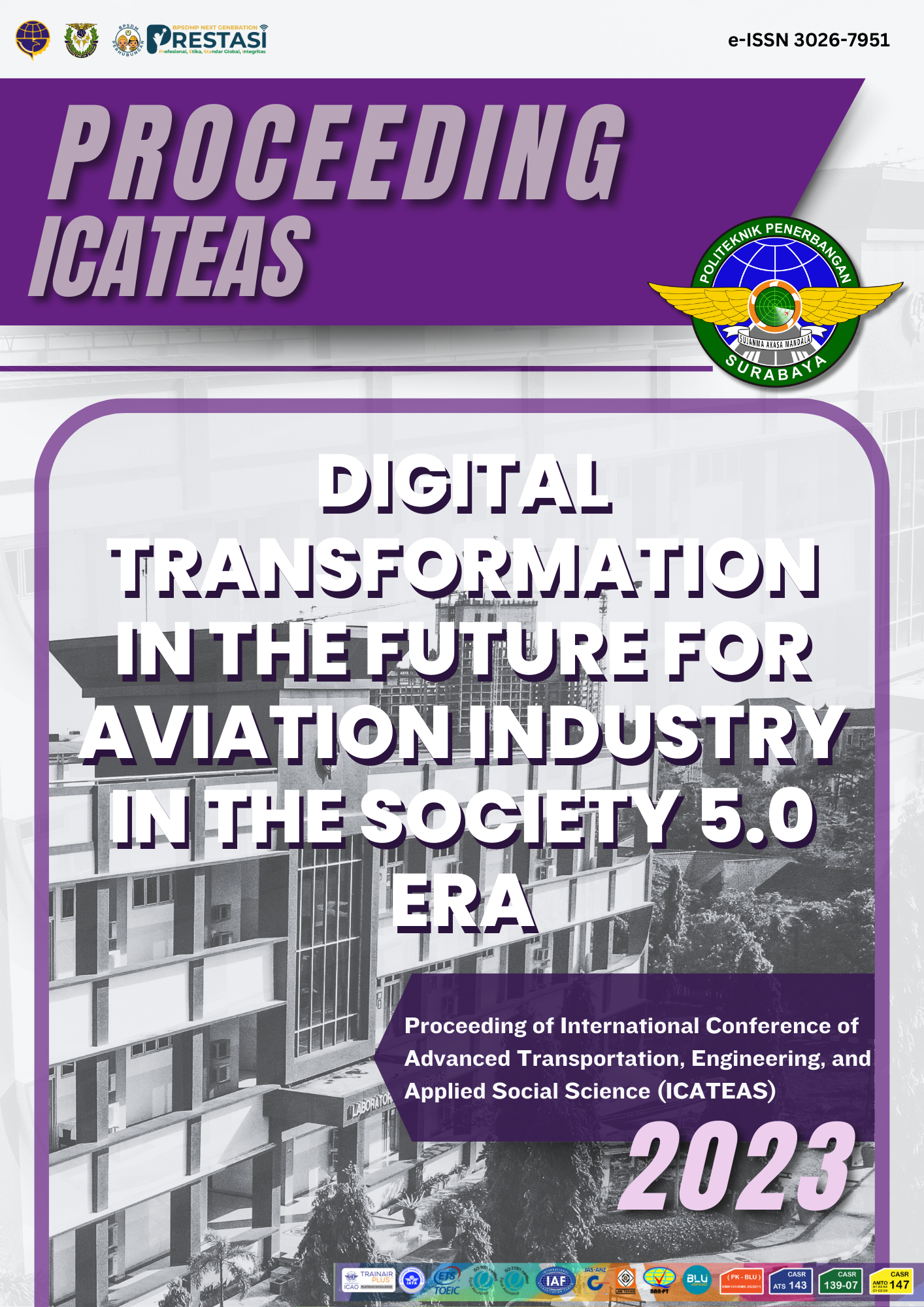COMPARATIVE ANALYSIS OF TESLA COIL LIGHTS ON SHIPS ON GENERATOR FUEL EFFICIENCY
DOI:
https://doi.org/10.46491/icateas.v2i1.1637Keywords:
Wireless, tesla coil, generator powerAbstract
At the moment This development technology transportation Keep going develop rapidly , specially technology shipping . This thing encourage developers _ technology make tool For transfer energy electricity without use cable . Currently _ cable conductor Still become most effective way in transfer energy electricity . In research This writer make analysis comparison of tesla coil lights on board to efficient material burn the generator using method data collection on board and from a number of reference journal . Especially on accommodation boat For minimize power that will be charged to the machine auxiliary (generator). Comparison This use literacy from a number of tesla coil journal with method utilise voltage tall For create Medan electricity around electrode delivery provided _ distance with electrode recipient so that as if second electrode the works as capacitor . The purpose of doing it analysis This For determine how much efficient material burn the generator if light on board Tesla coil based . The results obtained own mark quantitative that the tesla coil is used on ships can give efficiency and minimizing usage material burn on the generator.
Downloads
Published
Versions
- 2023-11-08 (4)
- 2023-11-08 (3)
- 2023-11-08 (2)
- 2023-11-08 (1)


